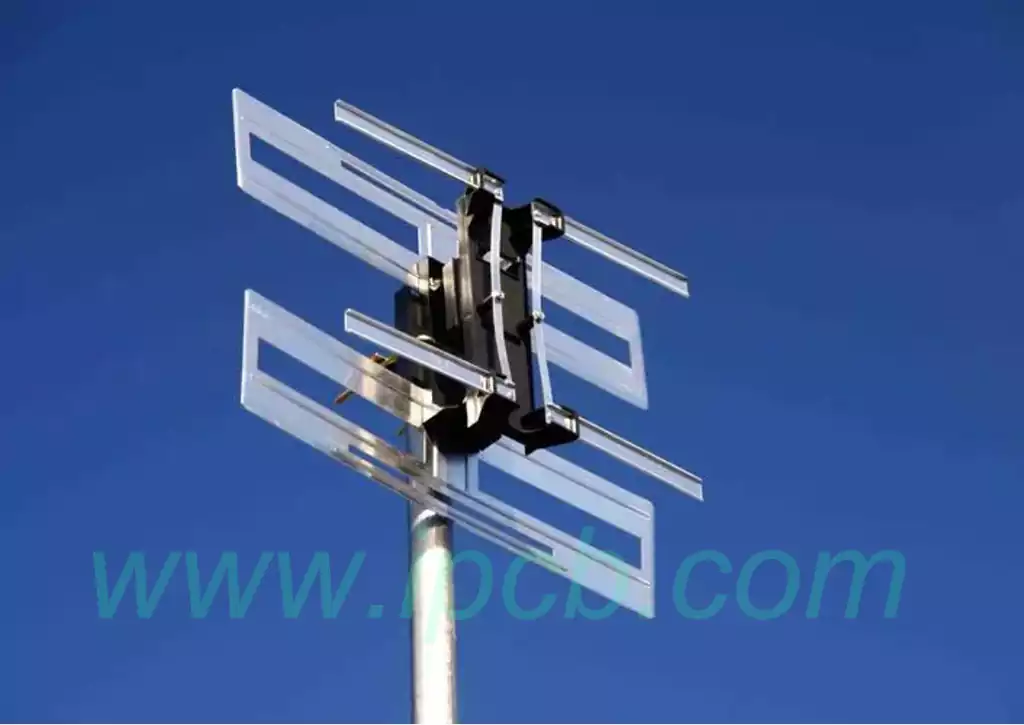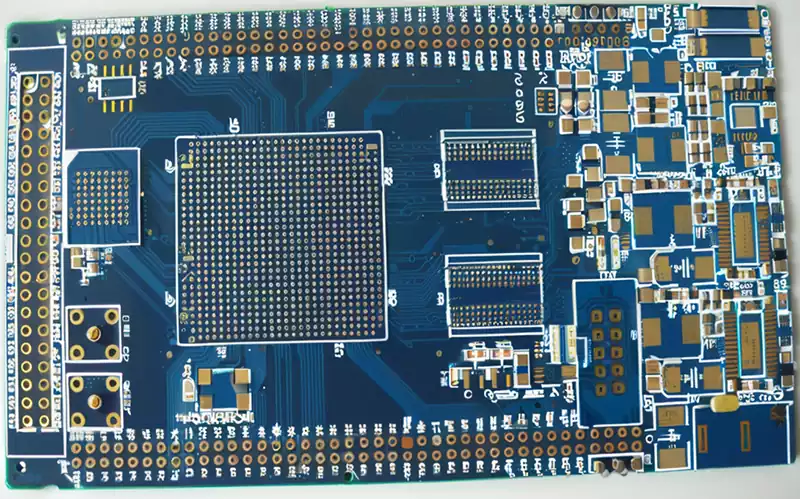A ground plane antenna is a low-frequency antenna used for the transmission of radio waves, and is mainly used in ground plane communication systems to transmit low-frequency electromagnetic wave signals. A ground plane antenna is a low frequency antenna used in ground wave communication systems to transmit low frequency electromagnetic wave signals. Ground plane antenna is a communication system that utilizes the characteristics of reflection, diffraction, and transmission of electromagnetic waves on the surface of the ground and in the atmosphere to transmit information.
The conductor part of the terrestrial wave antenna has many different structural forms, such as horizontal elliptical ring, vertical circular ring, horizontal elliptical line, vertical straight line and so on. Each of these structural forms has its own advantages and disadvantages, and the appropriate structural form should be selected according to the specific application scenario. In the conductor structure, different shapes and sizes will have obvious effects on the electrical parameters of the antenna. For example, the larger the diameter of the conductor ring, the stronger the radiated electric field of the antenna will be; and the larger the height of the conductor ring, the smaller the reflection loss of the antenna will be. At the same time, the antenna base and grounding system also have a certain impact on the performance of the antenna. A reasonable antenna base can improve the strength and stability of the antenna; while the quality and layout of the grounding system can affect the parameters of the antenna such as impedance matching and efficiency.
Working Principle
Through the combination of reflection and diffraction between the ground surface and the ionosphere, the purpose of receiving long-distance ground signals is realized. Ground wave antenna generally adopts horizontal polarization antenna, there is a grounding line on the ground, through the reflection of the earth electromagnetic wave on the grounding line and its own radiation, a total radiation direction is formed in the direction of the signal source, and for the lower frequency wave, this radiation direction has a certain angle to the center of the earth, which is why the ground wave signal has a directional reason in the near surface. Specifically, the ground wave antenna mainly consists of two parts: the feeder cable and the ground shielding plate, and the feeder cable and the ground shielding plate should be designed according to the wavelength. Factors such as cable termination impedance and feed line length as well as conductivity and thickness of the ground shielding plate need to be considered in the design.
Production method
- Material Preparation
The materials needed for making ground wave antenna are: antenna bracket, antenna feed line, N-type RF connector, cable tie, ground shielding plate and so on. Among them, the ground shielding plate is the core component of ground wave antenna production. - Production steps
(1) Measure the size of the ground shielding plate: calculate the size of the ground shielding plate according to the wavelength, which is about 0.3~0.5 wavelengths.
(2) Processing the ground shielding plate: cut the aluminum plate into the required size and clean the surface well.
(3) Fixing the ground shielding plate: Process a hole of the same size as the ground shielding plate on the antenna bracket, and mount the ground shielding plate on the antenna bracket.
(4) Connect the feed line: Connect the N-type RF connector with the feed line and pass the feed line through the hole on the antenna bracket to connect with the ground shield plate.
(5) Fixing the antenna bracket: Fix the antenna bracket in a suitable position.

Precautions
- The design dimensions need to be carefully calculated when making the ground wave antenna to ensure the performance of the antenna.
- In the process of processing the ground shielding plate, you need to do a good job of cleaning the surface to ensure the stability of the conductivity.
- Installation needs to avoid excessive contact with other equipment or metal objects to prevent interference with the signal.
- Before energizing, you need to check whether the feeder line connection is firm to ensure stable signal transmission.
- The equipment needs to be checked regularly to ensure performance and stability.
Advantages and applications
- It can receive signals that cannot be reflected by the ionosphere, and can play a better building penetration.
- In the ocean and wilderness, mountainous areas and other places far from TV broadcasting towers, ground wave TV signals can be spread far away and can be used for long-distance TV and radio reception.
- Ground wave antenna can be used for the communication system of short distance radio, such as coastal patrol, inland river ship, mountainous areas and other sparsely populated areas of patrol communication.
Ground plane antenna as a communication technology of low-frequency sharp, in the field of wireless communication plays an indispensable role. With its unique propagation method and wide range of application scenarios, it has become a reliable choice for long-distance communication, broadcast reception and communication in special environments. With the continuous progress of communication technology, the design and manufacture of terrestrial wave antennas are also constantly innovating to meet the increasing communication needs.



